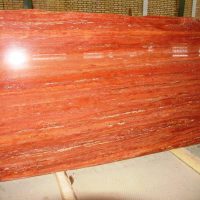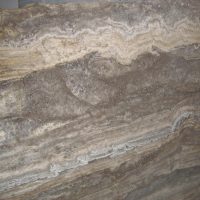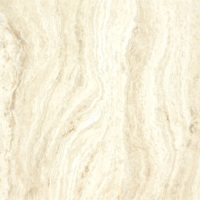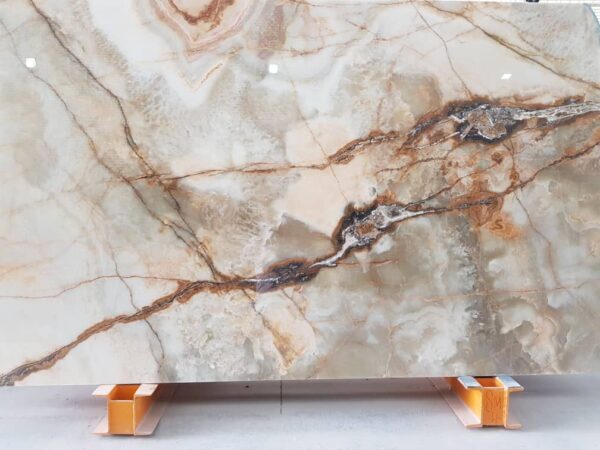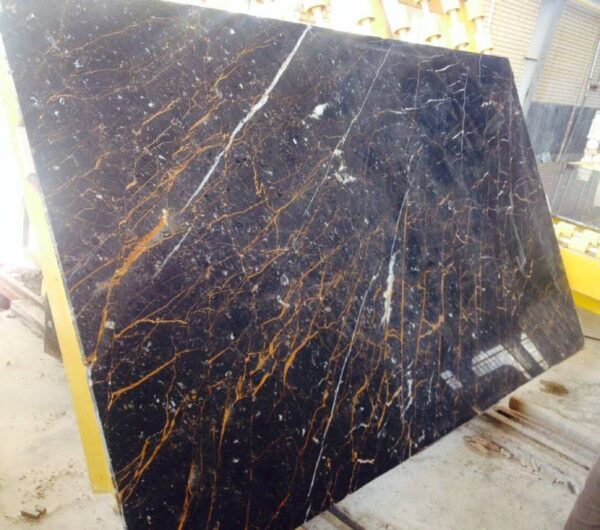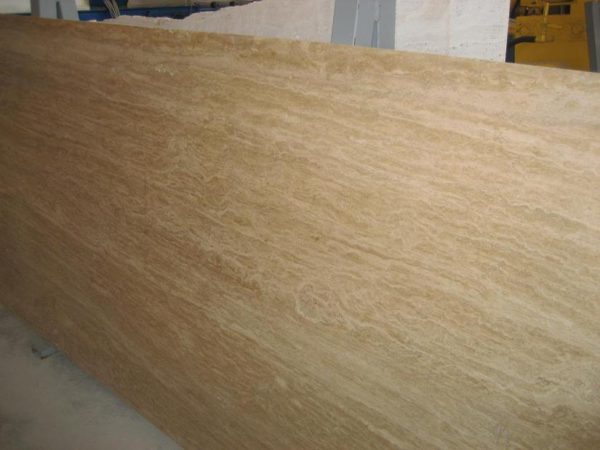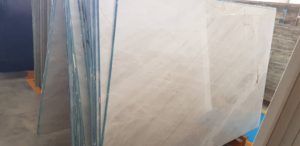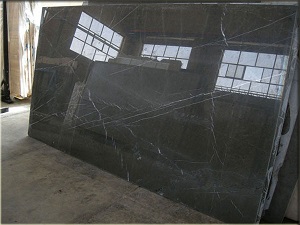Essential Care Tips
Travertine is a beautiful and durable natural stone, widely used in flooring, countertops, and outdoor spaces. However, as a porous material, it requires proper care to prevent damage from stains, scratches, and etching. With the right maintenance and protective measures, you can preserve the natural beauty of your travertine surfaces for years. This guide will provide essential tips on how to prevent travertine from damaging.
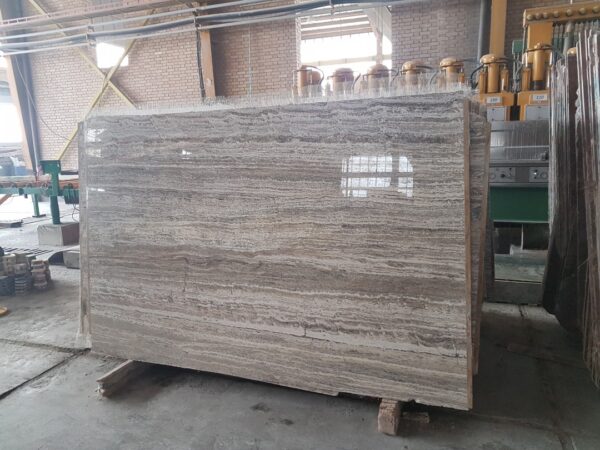


Why Travertine Needs Protection
1. Porosity of Travertine
Travertine is a porous stone, meaning it can absorb liquids and is prone to stains if not sealed properly. Everyday substances like water, wine, oils, and acidic liquids can penetrate the stone, leading to permanent damage if not treated promptly.
2. Susceptibility to Scratches and Etching
Despite its durability, travertine is softer compared to stones like granite, making it susceptible to scratches and etching from abrasive or acidic materials. This is especially important in high-traffic areas or surfaces that encounter frequent use.
How to Prevent Travertine from Damaging
1. Seal Travertine Regularly
Sealing travertine is one of the most effective ways to protect it from damage. A high-quality stone sealant creates a barrier that repels liquids, preventing stains and reducing the risk of etching.
How Often Should You Seal Travertine?
- High-traffic areas: It’s recommended to seal these areas every 6-12 months, such as kitchen floors or countertops.
- Low-traffic areas: Sealing can be done every 1-2 years, depending on usage. To check if the stone needs sealing, pour a small amount of water on the surface. If the water is absorbed quickly, it’s time to reseal.
2. Clean with PH-Neutral Products
Avoid using acidic cleaners like vinegar, lemon juice, or harsh chemicals that can damage travertine’s surface. Acidic substances can cause etching, leaving dull spots and discoloration.
Recommended Cleaning Products:
- Use pH-neutral, stone-specific cleaners designed for natural stone surfaces.
- For daily cleaning, use a soft cloth or mop with warm water and a mild soap. Always dry the surface afterward to prevent water spots.
3. Protect Against Scratches and Abrasion
Travertine surfaces, especially floors and countertops, are prone to scratches from heavy objects or abrasive materials. Simple precautions can help avoid damage.
Ways to Protect Travertine from Scratches:
- Use Rugs and Mats: Place rugs or mats in high-traffic areas like entryways to catch dirt, sand, or grit that can scratch the stone.
- Felt Pads: Attach felt pads to the bottom of furniture legs to prevent scratching when moving tables, chairs, or other items.
- Cutting Boards and Trivets: Always use cutting boards when preparing food on travertine countertops, and use trivets or hot pads for placing hot pans or dishes.
4. Clean Spills Immediately
Travertine is highly susceptible to staining if spills are left unattended, especially liquids like coffee, wine, or juice. Clean spills as soon as they occur to prevent them from penetrating the stone.
How to Clean Spills:
- Blot, don’t wipe: Blot the spill with a soft cloth or paper towel to prevent spreading.
- Use a damp cloth: For deeper cleaning, use a damp cloth with a pH-neutral cleaner to remove any remaining residue.
5. Avoid Heavy Impact
While travertine is durable, heavy impacts from falling objects or dragging furniture can cause chips and cracks. Extra care should be taken when handling heavy items in areas with travertine flooring or countertops.
Prevention Tips:
- Furniture Protection: Lift, don’t drag, furniture across travertine floors to avoid scratches or cracks.
- Outdoor Maintenance: If used outdoors, avoid placing heavy planters or equipment directly on the travertine without protective padding.
Long-Term Maintenance Tips for Travertine
1. Polish and Buff Travertine
Regularly polishing or buffing travertine helps maintain its natural luster and smoothness. This also enhances its resistance to scratches and etching. You can hire professionals to deep polish the stone or use polishing powder designed for travertine.
https://www.rockstone.biz/how-to-prevent-travertine-from-damaging/
Cream travertine Special wholesale price
2. Prevent Etching from Acidic Substances
Acidic substances like citrus, vinegar, and alcohol can cause etching, leaving dull spots on travertine. To prevent this:
- Use coasters under glasses and bottles, especially in kitchens and bathrooms.
- Clean up any acidic spills immediately to avoid lasting damage.
- Farzin rock stone company

